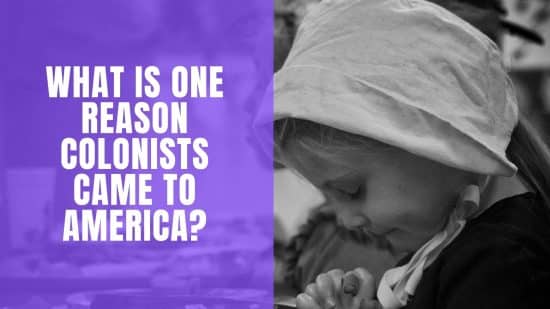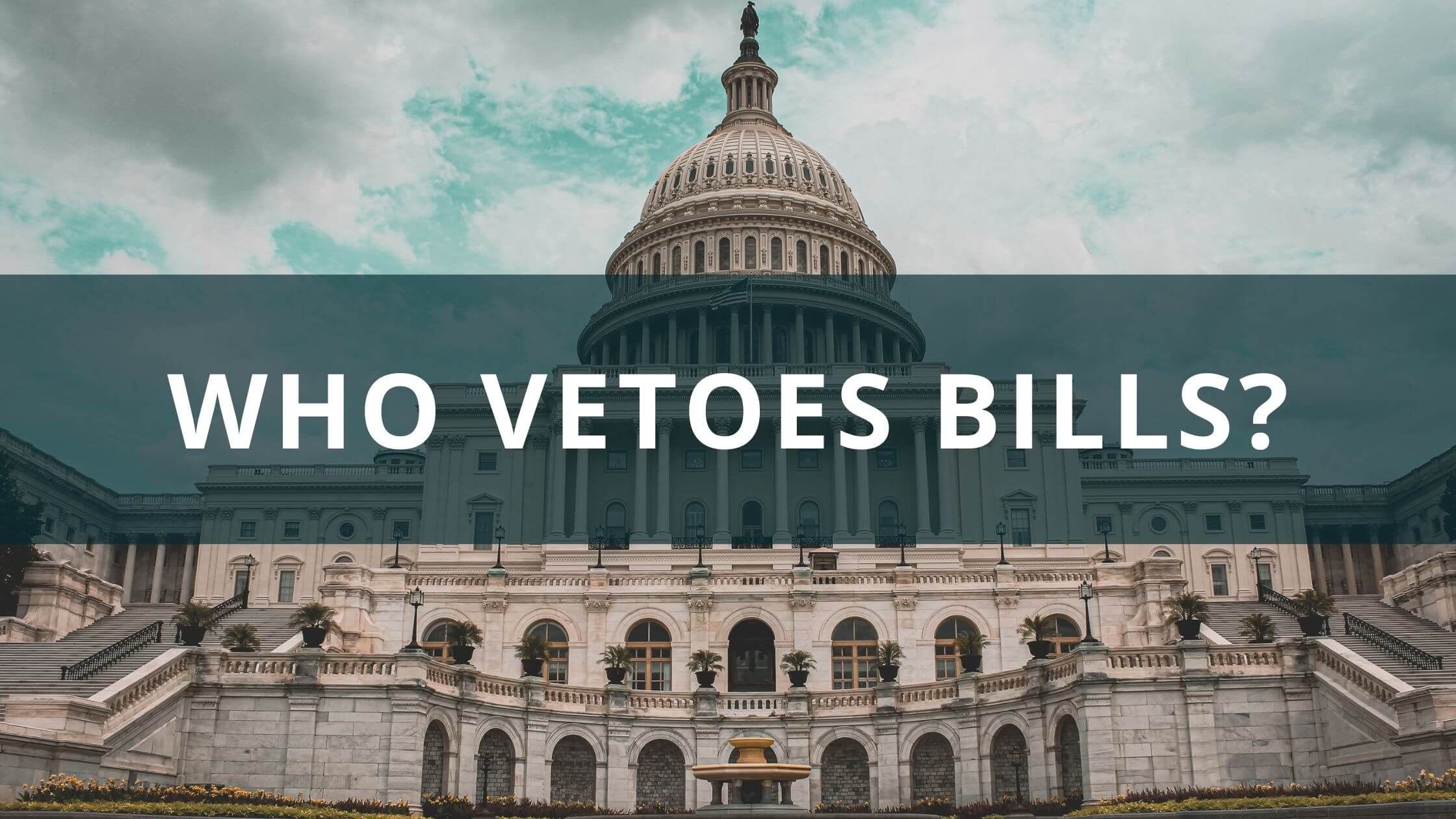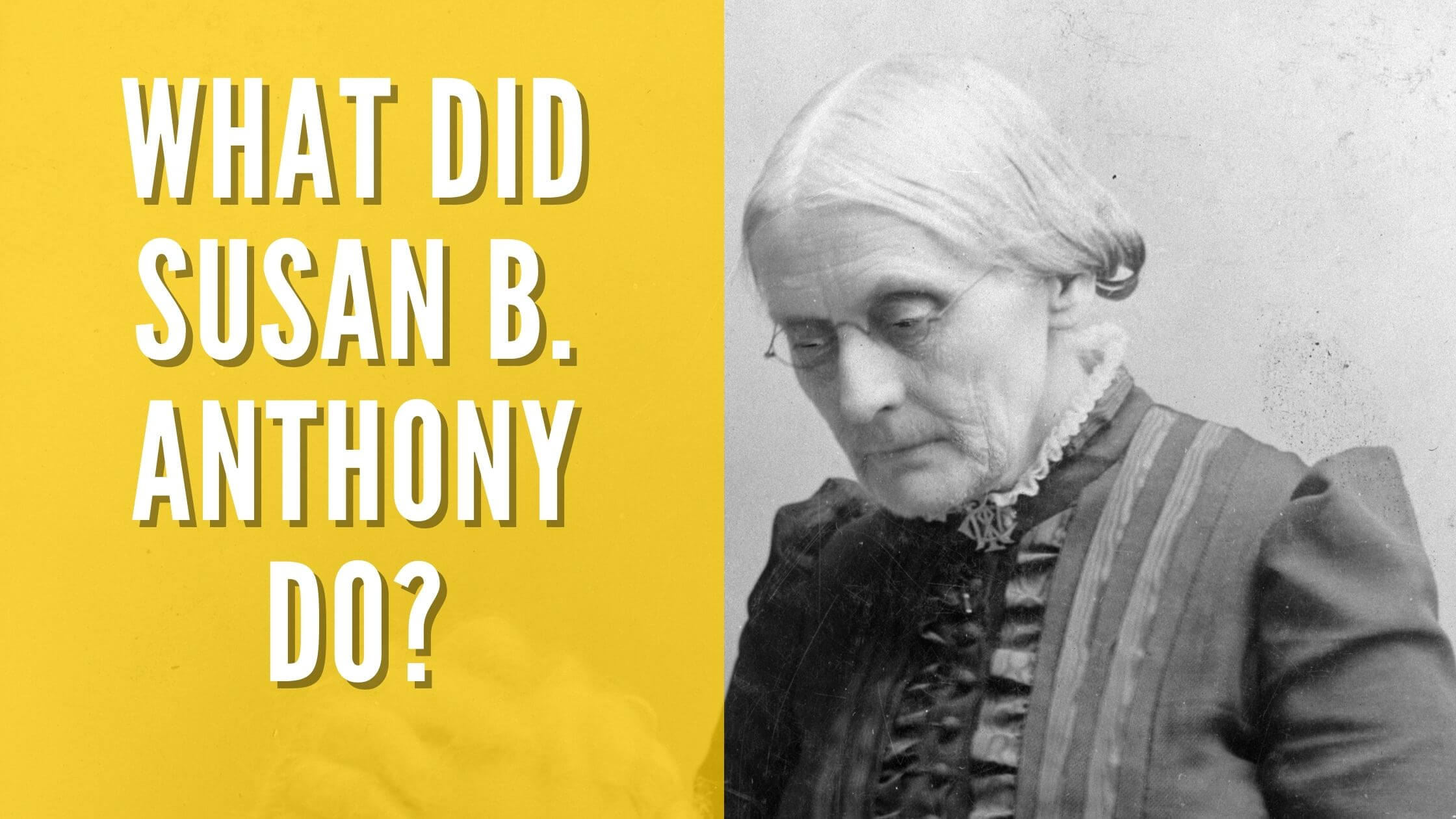To pass the US citizenship test, you will have to answer 10 of a possible 100 questions. The following question is from the USCIS test.
What is one reason colonists came to America?
Acceptable Answers:
- freedom
- political liberty
- religious freedom
- economic opportunity
- practice their religion
- escape persecution
The following is a full explanation of the USCIS question:
The Reasons Colonists Traveled to America
Traveling to North America back in the 17th and 18th centuries was often a dangerous affair. Voyagers could easily fall ill and die on a sailing ship at the time. So why did people take such a risk to start a new life in a new land?
Many of these people had little to lose and deemed the risks of such a precarious journey worth taking. Poverty, religious persecution, or overpopulation in their home countries made their lives difficult and dangerous enough to want to emigrate to the colonies in search of a better life.
What Kind of People Went to North America?
Some of them came to North America against their will. Before convicts were sent to Australia, about 50,000 of them were shipped to North America.
Usually, though, it was people who faced a difficult life back home that took the risk. Growing crops like sugar or tobacco were more profitable than the work available to them back in Britain.
Economic Opportunity
Emigrants traveled to North America to seek their fortune or, at least, to escape poverty. There was a high risk of death, so most people who made the journey in the 1600s and 1700s were young, poor, unmarried, and had poor prospects.
Many did not have the money to pay for the trip themselves and agreed to become indentured servants who would work for several years in return for their passage. Young children and teenagers who chose this path often did not get their freedom until they turned twenty-one.
Potential illness was not the only drawback looming large on the horizon for children and poor families. It was not uncommon for husbands, wives, and children to be contracted to serve different people, meaning they could be separated for years, or worse, never see one another again.
Hardship and Success
Despite the obstacles that emigrants faced in the New World, a great many people found a better life in the colonies.
At the end of the 1600s, the population was only 200,000, but it doubled every 25 years during the 1700s. While many of the earliest settlers starved, traveling to the colony also saved an untold number from hunger.
Meat such as deer and turkey was plentiful in North America, while vast swathes of the population in Europe could not afford to eat meat often.
The new arrivals also grew crops and raised livestock and would often save money and acquire more land. A farmer might spend only ten silver dollars per year and save 150 because the majority of their food and clothing came from their farm.

Get Smarter on US News, History, and the Constitution
Join the thousands of fellow patriots who rely on our 5-minute newsletter to stay informed on the key events and trends that shaped our nation's past and continue to shape its present.
Although trying to travel to North America could mean death, it could also mean freedom from poverty and, for some, great riches.
Economic Motivations of the Pilgrims
After the Pilgrims left England and went to the Netherlands, they were primarily employed as textile workers for little pay. Due to their religious beliefs, they could not return to England. Traveling to the New World seemed like their best opportunity for freedom.
Like many other early migrants to the North American colonies, the Pilgrims agreed to work for others who would fund their trip. The Merchant Adventurers, a group of investors in London, decided to finance the journey to America, including a year’s worth of supplies.
The Pilgrims agreed to work for the London company for seven years, after which they would keep the land and whatever further profits the colony generated. As difficult as it was, it was an opportunity to transition from being poor and landless to being relatively prosperous and owning land.
The Pursuit of Gold in North America
On learning of the Spanish conquistadors’ wealth that was obtained from the Aztecs in Mexico, the people of Europe believed that there must be other cities of gold to find in North America. Although the gold deposits discovered in the northern continent were less, that did not dissuade emigrants.
Freedom
In the eighteenth century, the people of Britain already thought of themselves as free and espoused the values of freedom. Before the American Revolution, people on both sides of the Atlantic believed themselves to be living under a free political system. Wars against Spain and France were wars for freedom.
However, that freedom existed more in theory than in practice – someone who works hard for decades and never escapes poverty is not exactly free. If one went to the colonies, they might find the freedom they valued. Laws in Europe and the British Empire often made employers masters and employees servants, and you had a chance of escaping this in the New England colonies.
Land was cheap in the New World, and a trip there was a way to escape the class limitations of those without land at home. It was difficult for someone of basic means working a menial job to earn enough to buy land in Great Britain.
That said, Native American land rights were usually not respected, although British North America did pass some laws to protect Native Americans eventually.
Political Liberty
While the Revolutionary War was partly about taxes, they were only high in the years leading up to the war. In most of the 18th century, Americans in the colonies paid low taxes, often much lower than Europe.
Before the revolution, you could escape government oppression by traveling to America. People in colonies also essentially ruled themselves for a long time. Early settlers were mostly free from distant government officials in a remote colony.
Religious Practice
While Pilgrims and Puritans were not tolerant of other religious beliefs, they were still looking for a place where they could practice their religion in peace.
After their religious beliefs became illegal in England, the Pilgrims first went to the Netherlands and then to North America. Initially, this was an unmitigated disaster – half of the pilgrims died during the first winter. Despite the death toll, the Plymouth Colony survived, and many Americans today are descended from the first Pilgrims to reach the colony.
Religious Freedom
Other groups came to North America to live in a colony where people shared their religious beliefs. In 1630, a group of 1,000 Puritans settled in Massachusetts with the backing of King Charles I.
This colony was much more successful than the Plymouth Colony. Traveling to America was often a better choice than finding somewhere in Europe that would accept them.
Escaping Persecution
Many religious dissidents in England were against the Anglican Church. Some were called separatists and believed that the Anglican Church was against Christ and that they should form new congregations.
The Church of England did not tolerate this. They were forbidden from breaking away to form their own churches or spread the message that the Church of England was corrupt. Escaping to North America was the only way out.




